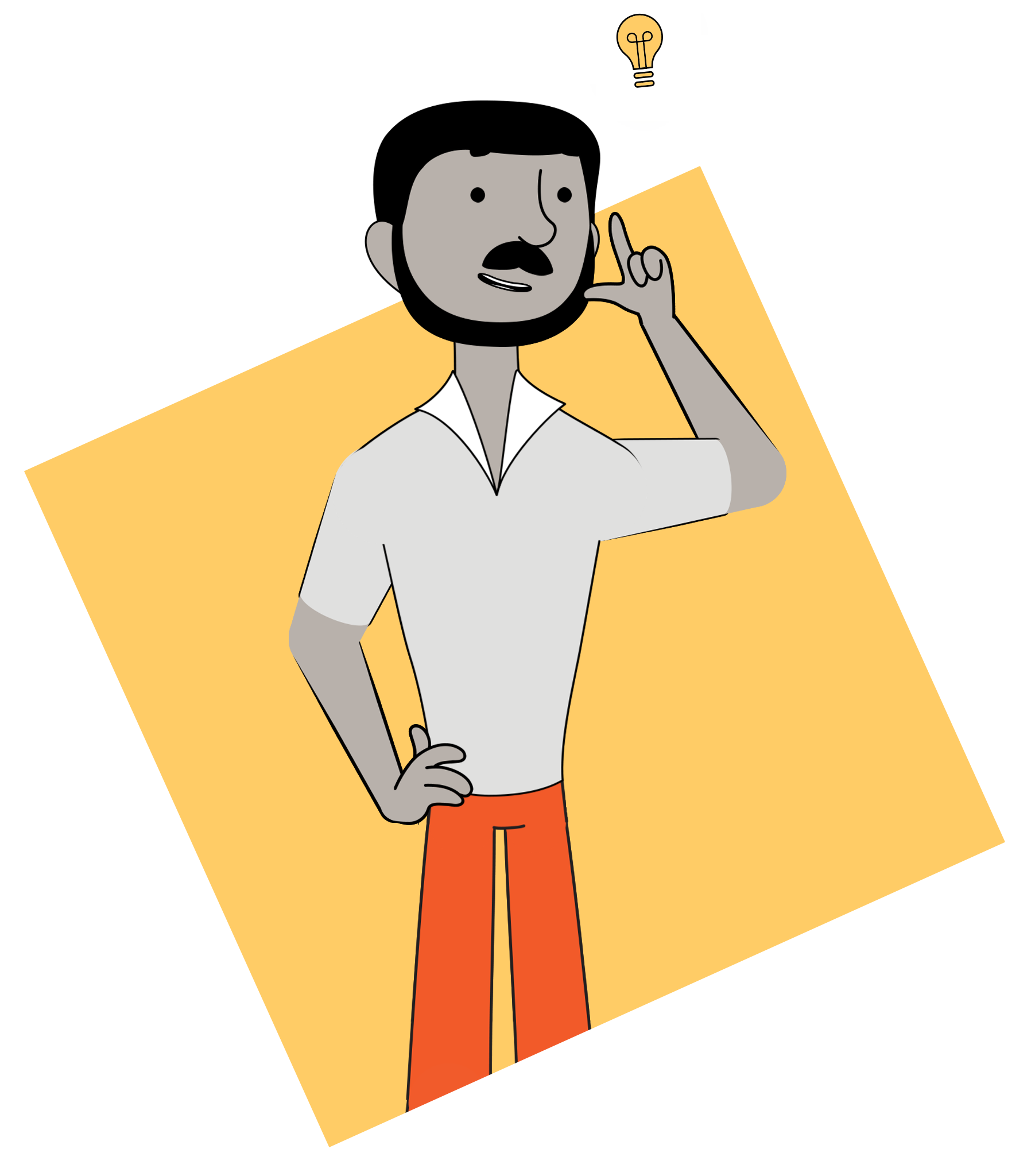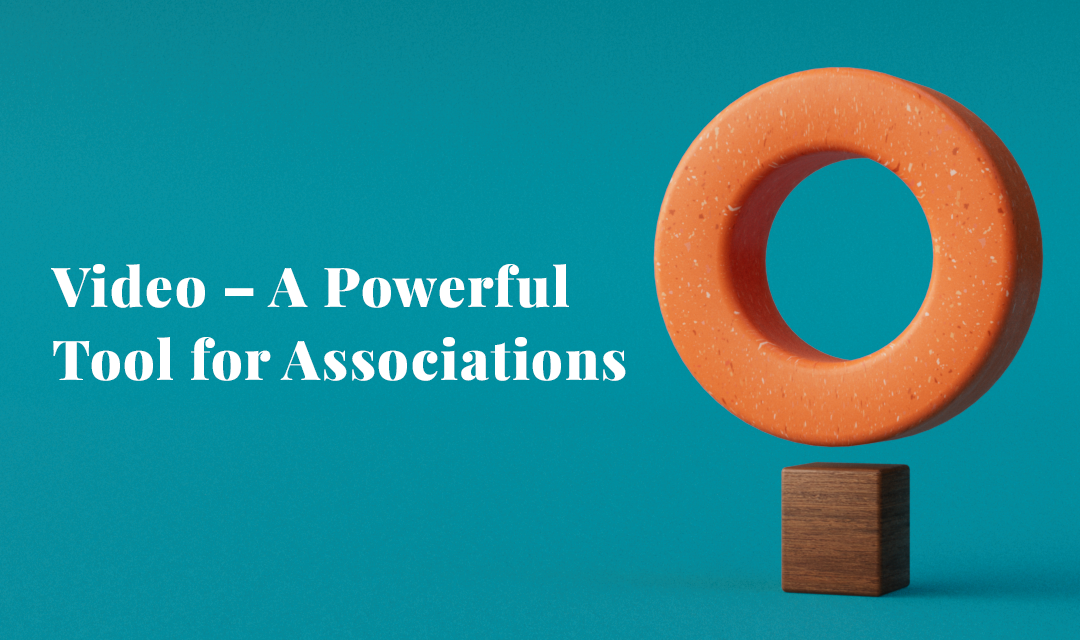How Associations Are Using Video to Connect, Educate, and Advocate.
Associations have always been powerful hubs of knowledge, community, and influence. Their role in shaping industries, supporting professionals, and advocating for change is vital – and increasingly, video is becoming the tool that helps them do it all more effectively.
We’ve had the privilege of working closely with associations across a range of sectors – mental health, energy, marketing, leadership, and more – and what stands out is this: the ones making the biggest impact are using video with purpose. They’re not just checking a box or chasing views. They’re using video to connect with their members, support their learning, and advance their missions.
Let’s take a closer look at how that plays out.
1. Video for Connection
At its core, an association is a community. Video helps bring that community to life. Whether it’s celebrating a milestone, sharing a member’s story, or highlighting the value of belonging, video creates a sense of connection that goes far beyond written content.
We’ve seen associations use video to:
- Showcase their members’ work and perspectives
- Entice and create awareness for annual conferences
- Capture the human stories behind policy wins or campaigns
- Elevate their leadership’s vision in a way that feels personal and relatable
It’s these moments of visibility and recognition that deepen engagement and remind members that they are part of something meaningful.


2. Video for Education
Many associations are responsible for delivering professional development, industry updates, and training. Video makes this content more accessible, flexible, and memorable—especially for members who are busy or on the move.
We’ve supported associations who:
- Use reenactments (with actors or animation) to simulate real-world scenarios for training
- Capture expert interviews and thought leadership as part of an ongoing learning series
- Develop short, modular learning content to support new professionals in the field
Video doesn’t replace written resources—but it dramatically increases the reach and impact of that material, especially when designed to be clear, concise, and engaging.
3. Video for Advocacy
When associations advocate for change—whether it’s a regulatory shift, greater public awareness, or sector-specific funding—they need more than data. They need stories.
Video helps associations:
- Put a face to an issue
- Humanize complex topics for policymakers or the public
- Share outcomes and impact in a compelling, visual format
And here’s something we see all the time: associations pour energy into detailed annual reports that are absolutely full of impact—but often left sitting in a PDF. Video is a more digestible, shareable way to bring that content to life. The stories, stats, and voices are already there—just waiting to be repurposed into something people will actually watch.

Best Practices for Association Video
If you’re thinking about where to start, here are a few guiding principles:
- Know your purpose: Every video should serve a specific outcome—informing, inspiring, or engaging.
- Use real voices: Member stories and lived experiences build authenticity.
- Design for longevity: Educational content, in particular, should be clear, reusable, and platform-flexible.
- Make it shareable: Consider formats that work on social media, newsletters, and your website.
- Tell the story, not just the facts: Emotion, insight, and narrative make your message stick.
Final Thought
Associations have always been storytellers, educators, and advocates. Video just makes those roles more powerful. When done well, video doesn’t just inform—it builds trust, strengthens your community, and moves your mission forward.
If you’re ready to explore how video could help you connect, educate, or advocate more effectively, we’d love to talk.
If you’re ready to explore how video could help you connect, educate, or advocate more effectively, we’d love to talk.

